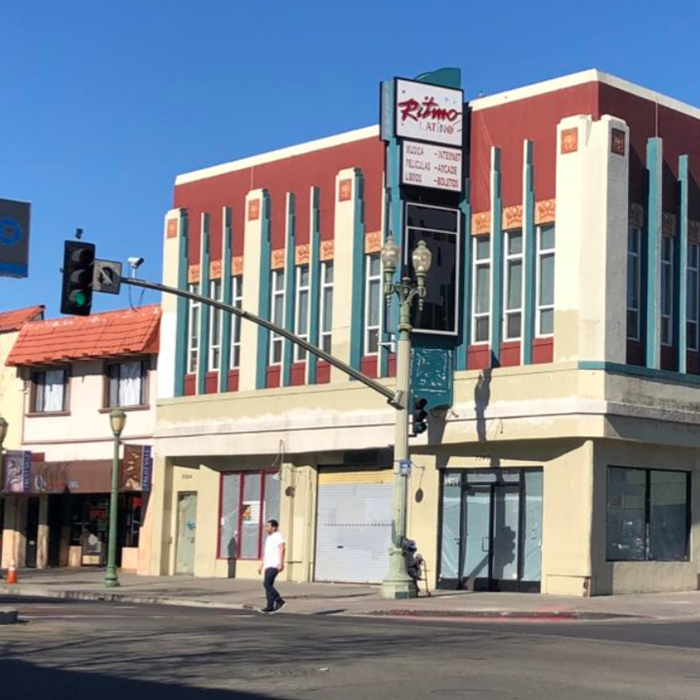Samriddhi Khare and Jiya Anand - ProposalNew Delhi and the Planning of CarceralityCan you imagine having to choose between a permanent address and your freedom?
Restorative justice without housing equity is a far fetched dream. India’s high rate of recidivism is invariably linked to its dearth of affordable housing. We must question what follows life spent in an institution. Housing for reformed convicts should focus on creating a life of normalcy for them and their families post-incarceration.
Compounding the caste, gender and class-based marginalization of Indians in the prison system is the lack of accessible mental healthcare. This added layer of vulnerability makes it imperative that housing design for this community champions the principles of Environmental Behavioral Studies and Crime Prevention Through Environmental Design via continuous community engagement cutting across disciplines, socioeconomic backgrounds and gender identities.
The mental health centrality of this design necessitates the presence of medical professionals, who in collaboration with architects can create spaces that feel safe. Direct stakeholder integration through community representatives allows thorough democratization of this design, exemplifying the social art of architecture. The project should be informed by the lived experiences of the formerly incarcerated. Finally, for this program to be implemented successfully, work needs to be done with the very laws and institutions that have been oppressing this community. This empathetic collaboration will lead to sensitization.
We must decentralise the post-process of restorative justice to facilitate easy reintegration into society. The sites for the execution of this must be determined by using geostatistical analyses; overlaying the crime statistics (high rate, high risk), public transit connectivity and demographics (housing data, unemployment). The city centres optimum for prototyping this community design intervention are Uttam Nagar and Barakhamba. On-ground analyses reveal that the increased risk of crime in these residential areas has incentivized citizens to be more proactive about crime prevention.
To resist the commodification of housing, the onus of implementing this project should rest within the public sector. The operation and maintenance should be hyper-localized - involving citizen’s groups, making them direct contributors to the community's well being. By developing participatory design exercises to understand the community's needs, we can drive change by seeking answers to questions like “What would make you feel safe?” These exercises along with repeated community feedback loops can initiate long term consensus-building attitudes within the community.
Self-building is the only viable route to affordable housing in India. The process of integrative design would start with building their capacities for construction. This ensures stable employment during and beyond implementation. Employing the community would confer a sense of ownership to the builder thereby making them more likely to take care of those spaces. Further, acceptance and support from one’s community need to follow rehabilitation. Including community-operated employment centres in the design program would not only sustain the economy but develop social cohesion.
An empathetic post-incarceration housing development could serve as a ray of hope for the residents of New Delhi, and the millions of cities like it in the developing world.
Additional Help and InformationAre you in need of assistance? Please email info@berkeleyprize.org. |


